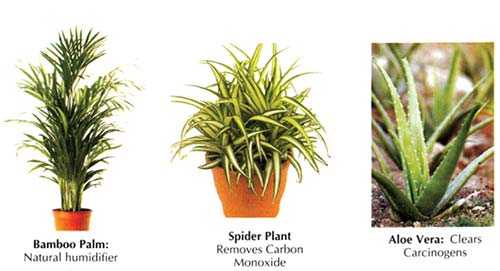Registered with the Registrar of Newspapers for India under R.N.I 53640/91
Vol. XXVII No. 2, May 1-15, 2017
News from INTACH
Studying the rivers
INTACH, WWF, SANDRP, Toxic Links, Peace Institute and Yamuna Jiye Abhiyan joined hands to conserve India’s rivers. For last three years, academics and activists from the various States have reported on the status of rivers in their States. An evolving River Health Methodology was drawn up on the basis of several parameters to classify India’s rivers or river stretches red (critical), pink (threatened), and blue (pristine/safe). The parameters provide a holistic assessment in terms of flow, water quality, biodiversity assessment, floodplains, interventions such as dams/barrages, groundwater, catchment characteristics, cultural aspects, livelihoods. As against this the official agencies only provide some data on water quality which is woefully inadequate to assess river health.
The massive exercise was carried out by dedicated river activists and academicians making a tremendous efforts in a short span of four months. The reports are based on their work, secondary data and field observations. In due course these reports will be regularly updated.
Officially, India has 14 major rivers, 42 medium rivers and 55 minor rivers; with the first and second order streams, whether perennial, seasonal or ephemeral, running into thousands. It is clear that India’s arteries and lifelines – its riverscapes – are being flogged almost to death by ‘development’. There are a few ‘blue’ stretches mostly confined to remote areas and head water stretches. This is due to flow obstructions affecting longitudinal connectivity; excessive abstraction; pollution inflows; diminished base flows; bed and catchment area mining; and floodplain embankment and encroachments affecting lateral and vertical connectivity.
The adverse impacts are submergence of fertile lands and forests; loss of livelihoods; destruction of biodiversity in coastal areas, mangroves and salt water intrusion in deltas; and decline in groundwater, agro-productivity, power generation, etc. resulting in climate changes as well. Similarly little work has been done on river biodiversity and ecology preventing the impact of these aspects on the river debate or in factoring in climate change impacts. It has led to even intra-state conflicts such as in Andhra, Telangana and Maharashtra. The National Heritage Division of INTACH has proposed several Emergent Recommendations such as dams on the main-stem and the tributaries be mandated to ensure environmental flow into the respective channels; re-vegetation in the catchment; removal of anicuts on the main-stem as well as tributaries; polluting influences (industries, mining, cities) to be brought under control; better riverine research in particular their biodiversity; safeguarding the integrity of wildlife areas, setting up pollution control boards; River Basin Authorities/organisations for better management; vegetative regeneration of river banks, no mechanisation permitted in sand removal and Sand Mining Holidays in selected degraded river stretches; regular monitoring of the health of the rivers catchment vegetation as well as its faunal biodiversity by the Department of Environment/Forests/Fisheries. There are a few urgent measures that need to be instituted.
The Principal Director of the NHD, Manu Bhatnagar points out, “If we do not change course immediately and set about conserving our rivers, then soon perennial rivers will become seasonal, seasonal rivers will become ephemeral whilst ephemeral ones will simply disappear from the map.” (Courtesy: Virasat, The INTACH journal)
Potted plants for clean air

Indoor plants are natural air purifiers as they generated more oxygen than other plants, and are easy to maintain. Certain plants combined with the micro-organisms in their soil kill indoor air pollutants. Money plants wrapped around moss stick work best inside the house even in ambient light and no sunlight. Areca Palms and Peace Lily need a little air circulation and ambient light, and watering once or twice a week to keep homes air fresh. Sprayed with lemon grass, neem or essential oils, they may keep insects and bugs away.
A housewife Aanchai Oswal in Delhi placed 36 indoor plants in different corners of her home as she found the air purifier did not protect the entire area of her house. She planted Areca Palm plants that filter indoor air pollutants like toluene and xylene. Snake Plants in bathrooms to remove carbon monoxide, monoxide, chloroform, etc. Ivy Plants in rooms as a natural way of removing toxic agents from the air. Aloe Vera, Spider and other species help to generally cleanse the air in homes, she says. Terracotta or clay pots stain floors, Ceramic, fibre and even plastic pots work well with indoor plants. (Courtesy: Virasat, The INTACH journal)

